- Home
- Encyclopedia
- Agnes Wright Spring: Equality As a Matter of Co...
Agnes Wright Spring: Equality as a Matter of Course
Dedicated and deliberate, Agnes Wright Spring strove to expand historical knowledge of Colorado and Wyoming through literature, research and education. She was a fierce advocate of women’s representation in history. Throughout her life, Spring was an author, state librarian of Wyoming, state historian of Colorado and director of the Wyoming Federal Writers Project. Hers was a career full of intrigue, eagerness and devotion.
As director of the Wyoming Federal Writers Project, Spring often diverged from the official guidelines to include and represent women. She argued that the women of Wyoming, “accepting equality as a matter of course, have taken their place side by side with the men in building up a great western empire.” She believed that women’s stories were the true “...story of courage, of isolation, of struggles and privations, of political intrigue, of initiative and leadership, of national recognition - filled with romance and color.” Spring’s mission to focus on women’s stories in her research was fostered by an influential mentor, Grace Raymond Hebard. At the young age of 15, Spring was accepted to the University of Wyoming, where Hebard took her under her wing.
Hebard would continue to be a major influence in Spring’s life through adulthood. Though a controversial figure today, during her lifetime Hebard was a well-known writer, suffragist, historian and speaker. By personally training Spring, encouraging her proficiency in writing, and suggesting she should pursue writing in graduate school, Hebard helped shape who Spring would become. In adulthood, Spring and Hebard regularly corresponded, signing their letters “lovingly” at the end. This relationship greatly contributed to the launch of Spring’s career as an author and historian.
Though Spring’s literary contributions contain the terminology and sometimes limited perspectives of her time, the breadth of her research and impact of her career cannot be overlooked. As an author of 22 books and several hundred articles, Spring dabbled in many literary forms, including historical accounts, traditional western romances, cowboy tales and stock and farmer reports. As a woman working and writing in the history field from the 1910s to the 1960s, Spring challenged the boundaries of the male-dominated field, forged a path for other women in the profession and helped shape the public's perception of western history for years to come.
Image
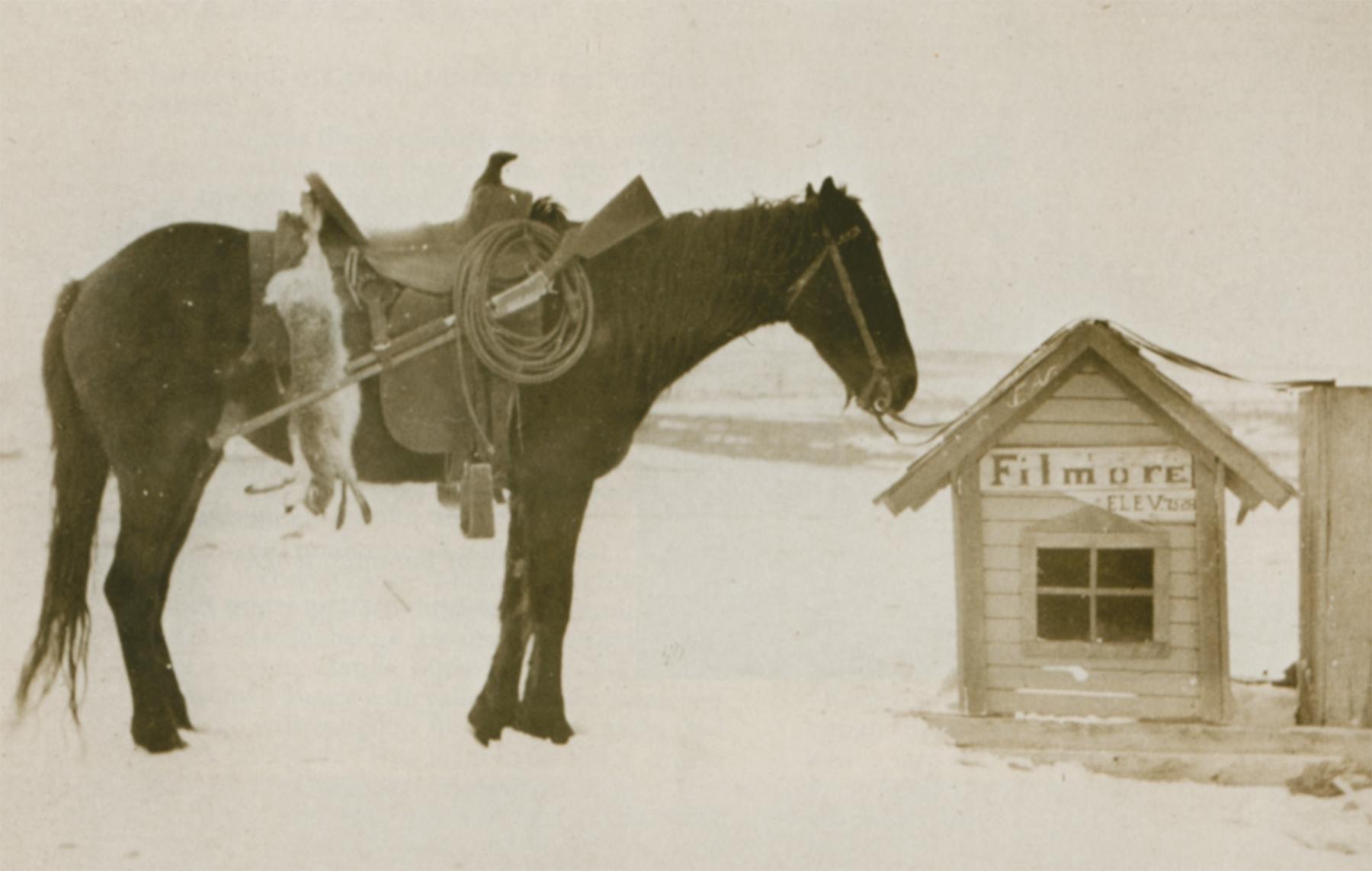
Image
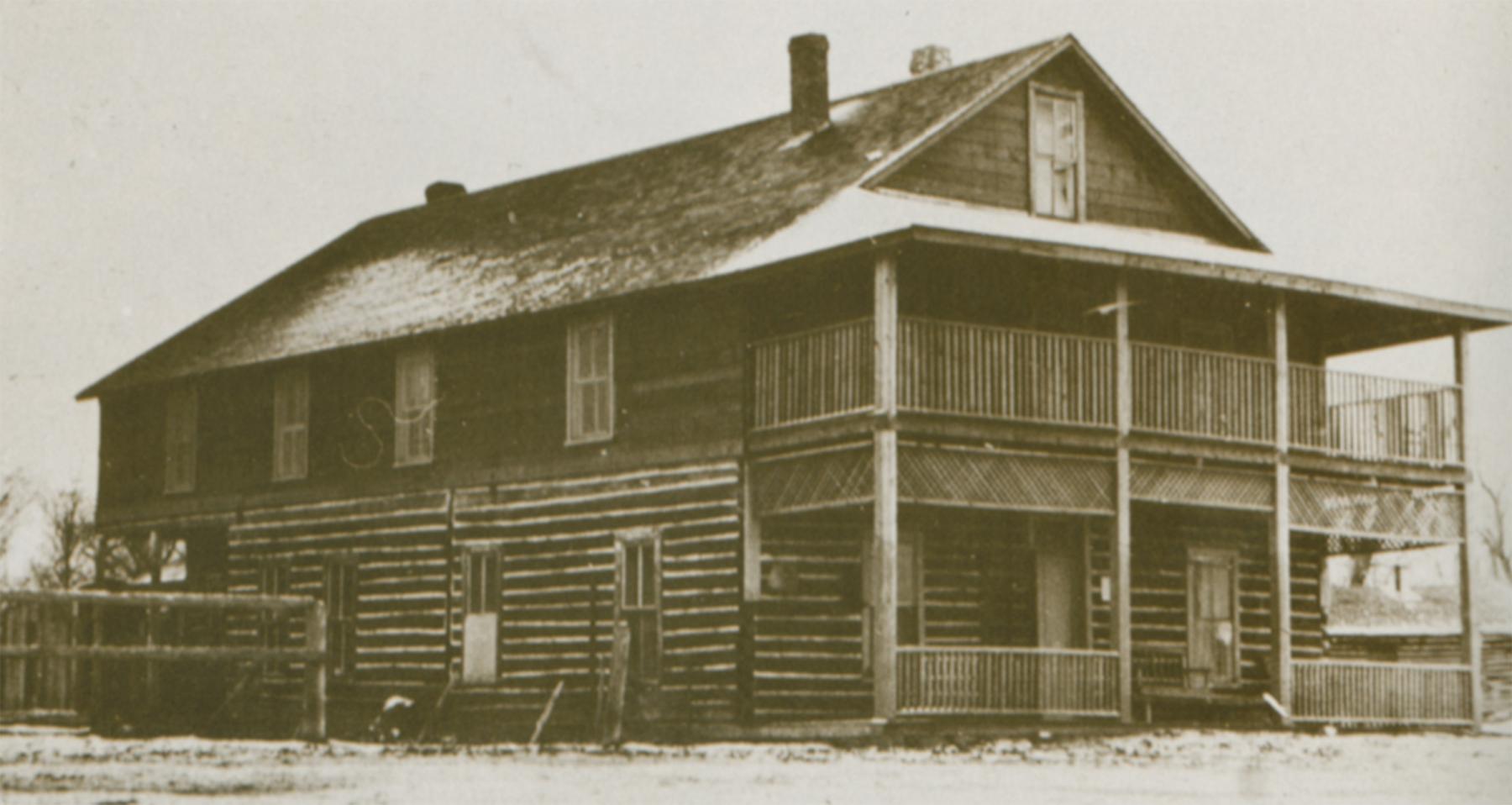
Early life, education and worldview
Spring was born on Jan. 5, 1894, to Myra and Gordon Wright in Delta, on the west slope of Colorado. The Wright family moved around often in Spring’s early life due to instability caused by the 1893 Silver Crash. Gordon Wright worked as a stage line operator, railroad tie transporter and wholesale fruit shipper. After years of odd jobs, the Wrights purchased 640 acres in southeast Wyoming, near the Little Laramie River. From this property, the Wright family operated a stagecoach stop that connected Laramie with the Keystone and Rambler Mines, which were established in the 1870s to mine copper and gold in the Medicine Bow Mountain Range. According to Spring the Little Laramie ran through the property 12 miles west of the Overland Trail.
One of four daughters, Spring helped her mother and sisters run the stage stop by greeting travelers and arranging household affairs. Listening to travelers's stories at the stage stop fueled Spring’s desire for an education and to explore the world around her. However, Spring’s connections with the world were limited to travelers passing through and very inconsistent mail delivery.
Image
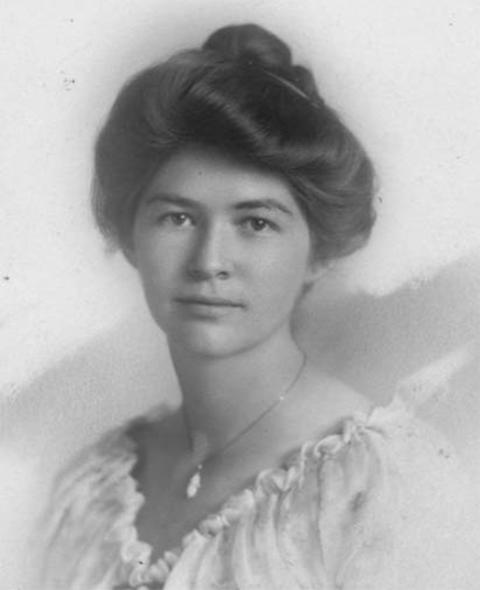
Realizing that the flow of news was unreliable on their isolated ranch, Gordon Wright wrote to the postmaster general in Washington and asked for authorization to set up a United States Post Office on their property. When this was approved, the Wright family named the post office Filmore and built a two-foot by three-foot wooden shack for storing mail and packages. This “Doll House” of a post office, as Spring called it in her later publication, “Stage Stop on the Little Laramie,” remained busy as long as it was in operation, serving the Wright family and surrounding ranches.
At the age of 11, Spring boarded with a family in Laramie, Wyo. to attend Laramie Preparatory School along with her older sister Lucille. Spring excelled in school and was accepted by the University of Wyoming at the age of 15, determined to become a topographical draftsman. Her college courses did not always go according to plan, as Spring later wrote. After struggling with a particular field work assignment, Spring realized that her steel corset was causing the compass to give incorrect readings. Though she adjusted her wardrobe for future field assignments, classmates dubbed her “Old Ironsides” and the nickname stuck.
In 1909, the university determined that all women athletes had to wear regulation uniforms at the cost of $3.50, causing Spring to join in protest with her classmates. Grace Raymond Hebard called a meeting with the protesters, explaining the reasoning behind the uniforms and offering work in the library at 35 cents an hour for anyone who needed the money. Spring recalled that she took her work “very seriously” and afterward Hebard offered her a part-time position as an assistant librarian for $25.00 a month. Hebard saw to it that Spring was trained in every aspect of library work by a recent graduate of the library school of the University of Illinois. She also included Spring in her historical work, employing Spring to type the manuscript of her latest book. When the D.A.R. offered a $50 prize in an essay contest, Hebard encouraged Spring to enter, even loaning her a typewriter and books.
The contest would be the first of many that Spring would win, and Hebard would continue to encourage Spring to pursue her writing talents instead of map-making. This relationship shaped Spring’s personal goals, leading her to pursue graduate courses in journalism at Columbia University in New York in 1916 and to nurture her aptitude for writing and history throughout her adult life.
Spring’s understanding of women’s equality was rooted in where she grew up. Along with many women in the West after the women’s vote was won, she believed that she had the legal right to do anything a man could do. While “Ironsides” faced some societal limitations, they did not hold her back from entering male-dominated courses in Wyoming.
But she found this was not the case when she attempted to enroll in male-only courses at Columbia. Outside of classes, Spring was volunteering with the New York suffrage movement, pushing flyers and knocking on doors. This influenced her schoolwork, and she wanted her writing to be informed and helpful to the cause. Therefore, she sought to take a few law classes in addition to her journalism courses. When face-to-face with the dean, Spring was not so gently told, “My dear young woman, we have not yet reached the enlightened stage of admitting women to our law school.” This experience, among others, drove Spring to return to Wyoming in 1917.
Image
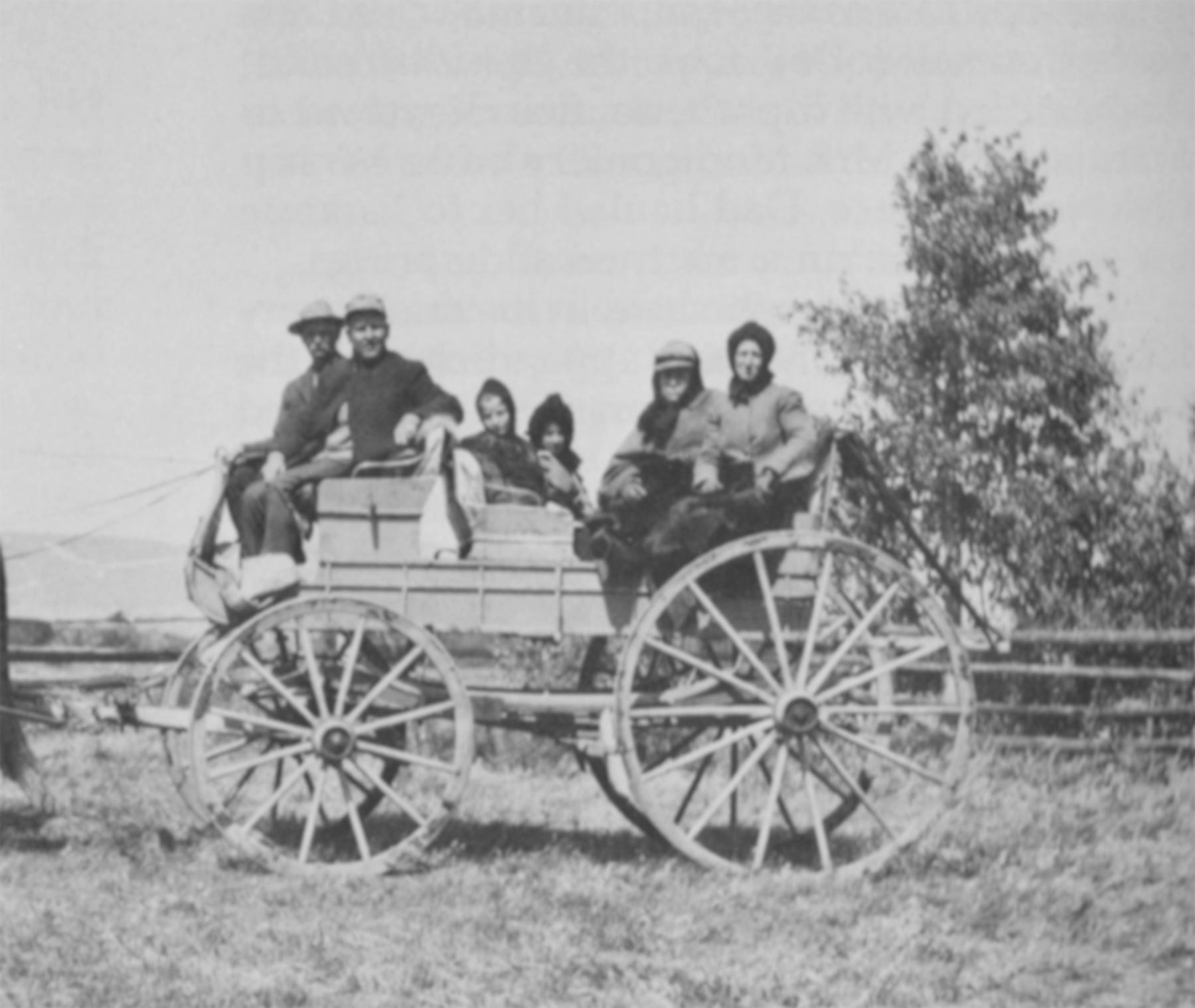
From state librarian to state historian
Between her time at the University of Wyoming and her brief stint at Columbia, Spring saved money for graduate school by working at the Wyoming Supreme Court Library. The connections she made there were important when she returned from New York seeking a job. In 1917, Spring returned to Wyoming and, upon moving to Cheyenne, was appointed to the position of state librarian. She worked feverishly to inventory and add to the state’s collections.
After the United States entered World War I in 1917, Spring was selected as the Wyoming director of the Library War Service. Spring was juggling the roles of state librarian and serving the Library War Service program, which sought to provide reading materials to American and allied soldiers fighting in World War I. Wyoming Governor Frank L. Houx wanted the Library War Service program to be used to compile a list for historical purposes of all men from Wyoming who were serving overseas.
To meet this expectation and adequately keep pace with important events in Wyoming, Spring worked in tandem with the Wyoming Historical Society as an ex-officio member to keep records about the state and its residents. Later this ex-officio role would develop into the State Historian position for Wyoming, partly due to Spring’s influence.
In 1920, she married Archer “Archie” Spring and moved with him to Colorado, concluding her time as Wyoming state librarian and director of the Library War Service.
The Federal Writers Project and later career
Spring published her first book, Caspar Collins: The Life and Exploits of an Indian Fighter of the Sixties in 1921. This created momentum and led her to write articles for several publications, including Frontier Times Magazine, The Wyoming Stockman Farmer, The Rocky Mountain News and The Denver Post. Spring’s wave of writing opportunities dried up into a trickle in 1929 as the Great Depression claimed jobs in every field. By 1935 the New Deal was in full swing and the Works Progress Administration (WPA) initiated the Federal Writers Project to put struggling writers, researchers, artists and more back to work by creating guidebooks for each state.
Spring was called upon by the historian Dr. LeRoy Hafen to join the Colorado Federal Writers Project as a researcher. But she was denied the position by the state due to her income being considered above the threshold for aid to her dual-income household. Spring weathered this blow by traveling to Wyoming to push a new book prospectus about Wyoming women to her contacts. She visited the Wyoming State Library to propose her book idea for a comprehensive look at Wyoming’s womenfolk.
Image
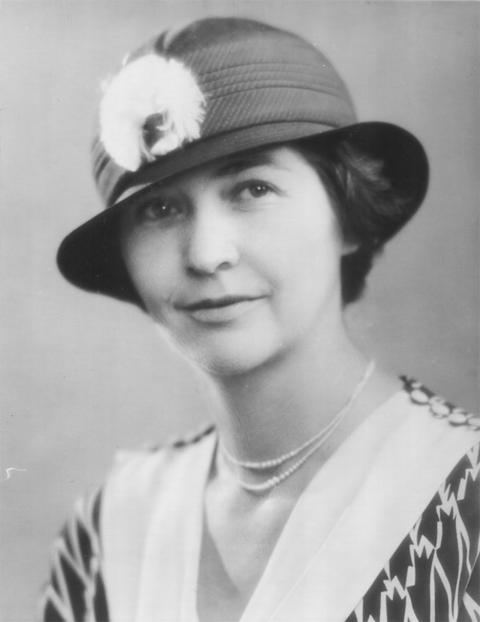
Though it is unclear who from Spring’s network took this book proposal to the Wyoming Department of Education, it was determined that Spring’s book proposal could be morphed into a section of the Wyoming Guidebook as part of the Wyoming Federal Writers Project. This led to Spring receiving the position of director of the Wyoming Federal Writers Project. In the spring of 1936 she and Archie moved to Cheyenne, where she could begin her work and where Archie took a position as an inspector for a fuel company.
The Federal Writers Project outlined two guidebooks for each state to research and compose. The outline detailed what should be included, such as driving instructions to sites of interest, historic markers, interviews, historical accounts and more. As director of the Federal Writers project in Wyoming, Spring often deviated from the guidebook script in order to expand historical research and to include women’s perspectives. This expanded research created a higher volume of stories and accounts, which eventually led to three guidebooks instead of two being published for Wyoming.
Spring took great pride in the number of women employed by the Wyoming writers project, and non-traditional women at that. Spring wrote about her appreciation for the women on her staff, including an unmarried mother who taught herself to write and type and a widowed ranch owner who had to travel seven miles by cross-country ski to reach the post office in the winter when turning in interview transcripts.
Spring’s team of researchers and interviewers spread across the state to gather first-hand accounts, photos and more. The interviews were transcribed, stories were concisely written, and driving instructions were nailed down as the team branched through the Wyoming landscape. All stories and transcripts were edited and approved by Spring as she fulfilled the guidebook requirements for the WPA Office in Washington, D.C.. By 1945, the fruit of this labor was three books meant to encourage tourism and excitement about Wyoming. The first completed was Wyoming; A Guide to Its History, Highways, and People followed by The WPA Guide to Wyoming: The Cowboy State (1941) and Wyoming Folklore: Reminiscences, Folktales, Beliefs, Customs, and Folk Speech. These books, and the research that fueled them, greatly contributed to the written knowledge of Wyoming and its residents past and present.
Spring’s historical significance in the West continued to grow throughout her career. After moving back to Colorado in the 1940s, she began working with the Colorado State Historical Society. Spring was first appointed interim state historian of Colorado for the year 1950; later she was appointed state historian of Colorado from 1954 to 1963. This accomplishment along with her contributions in Wyoming and her career as an author created an impressive mark on the historical collections and literature of Colorado and Wyoming
[Editor’s note: Special thanks to the Wyoming Cultural Trust Fund for support which in part made this article possible.]
Resources
Primary Sources
- “Agnes Wright Spring: She Made History Herself.” Spring – Biographical. The Wyoming State Archives. Cheyenne, Wyoming, accessed Sept. 25, 2019.
- “But You’re A Girl.” The Pi Beta Phi Arrow, 44. In the Agnes Wright Spring Papers/Collection #115. Box 83. The American Heritage Center, University of Wyoming, Laramie, Wyo., accessed July 2, 2019.
- “Camp Libraries Help Win the War.” Historical Collection H171-9 Box 295. The Wyoming State Archives. Cheyenne, Wyo., accessed September 2019.
- “Compiling War History of Wyoming.” The Wheatland Times no. 33 (May 14, 1919).
- Curtis, Olga. “The Beloved Historian.” Empire Magazine (October 1979).
- Siddons, Heyward. “Colorado History Is Her Business.” The Coloradan (March 29, 1988), 1.
- “Spring – Biographical.” Loose Folder. The Wyoming State Archives. Cheyenne, Wyoming. Accessed Sept. 25, 2019.
- Spring, Agnes Wright. “My Background.” Historical Collection Box 702 Folder H2007-101. The Wyoming State Archives. Cheyenne, Wyoming. Accessed September 25, 2019.
- Spring, Agnes Wright. Near the Greats. Frederick, CO: Platte ‘N Press, 1981.
- Spring, Agnes Wright. “OH 1267 A Side 1, Agnes Wright Spring Interviews.” Interview by Carl McWilliams. The Wyoming State Archives. April 29, 1986. Accessed September 25, 2019.
- Spring, Agnes Wright. “OH 1267 B Side 2, Agnes Wright Spring Interviews.” Interview by Carl McWilliams. The Wyoming State Archives. April 30, 1986. Accessed October 4, 2019.
- Spring, Agnes Wright. “Stage Stop on the Little Laramie.” Persimmon Hill (1974).
- Spring, Agnes Wright to Grace Raymond Hebard. In Grace Raymond Hebard Collection. File 21. Box 45. The American Heritage Center at the University of Wyoming. Laramie, Wyoming. Accessed January 20, 2023.
- Spring, Agnes Wright to Lola Homsher, Director of the Wyoming State Archives (February 1961). In Spring – Biographical. The Wyoming State Archives. Cheyenne, Wyoming. Accessed September 25, 2019.
- “Stage Stop on the Little Laramie (1974).” In the Agnes Wright Spring Papers/Collection #115. Box 83. The American Heritage Center at the University of Wyoming. Laramie, Wyoming. Accessed July 2, 2019.
- “State Historical Society.” In the Agnes Wright Spring Papers/Collection #115. Box 7. The American Heritage Center at the University of Wyoming. Laramie, Wyoming. Accessed
- July 1, 2019.
- “Supplementary Instructions” in the Works Progress Administration Collection. Box 8. The Denver Public Library Western History/Genealogy Collections. Denver, Colorado.
- Accessed February 28, 2019.
- “WPA – Writers Project.” In the Agnes Wright Spring Papers/Collection #115. Box 16. The American Heritage Center at the University of Wyoming. Laramie, Wyoming. Accessed July 2, 2019.
- Workers of the Federal Writers Program of the Works Progress Administration in the State of Wyoming. Wyoming; A Guide to Its History, Highways, and People. New York: Hastings
- House Publishers, 1941.
- Workers of the Federal Writers Program of the Works Progress Administration in the State of Wyoming. Wyoming Folklore: Reminiscences, Folktales, Beliefs, Customs, and Folk Speech. New York: Hastings House Publishers, 1941.
- Workers of the Federal Writers Program of the Works Progress Administration in the State of Wyoming. The WPA Guide to Wyoming: The Cowboy State. New York: Hastings House Publishers, 1941.
- “Works Progress Administration (WPA) – Writers Project, 1932-1943.” In the Agnes Wright Spring Papers/Collection #115. Box 16. The American Heritage Center at the University of Wyoming. Laramie, Wyoming. Accessed July 2, 2019.
- “Wyoming Library Association – Wyoming Library Round-up.” In the Agnes Wright Spring Papers/Collection #115. Box 16. The American Heritage Center at the University of Wyoming. Laramie, Wyoming. Accessed July 1, 2019.
Secondary Sources
- Hein, Rebecca. “Wyoming Ratifies the 19th Amendment.” https://www.wyohistory.org/encyclopedia/wyoming-ratifies-19th-amendment… September 30, 2019. Accessed October 12, 2019.
- Hirsch, Jerrold. Portrait of America: A Cultural History of the Federal Writers’ Project. Chapel Hill, NC: University of North Carolina Press, 2003.
- Myres, Sandra L., William Cronon, Howard R. Lamar, Martin Ridge, and David J. Weber. Westering Women and the Frontier Experience, 1800-1915. Santa Fe, New Mexico: University of New Mexico Press, 1982; 232.
Illustrations
- The portrait of Agnes Wright Spring as a young woman is from Wikipedia. Used with thanks.
- The portrait of Spring in a flowered hat is from Wyoming State Archives. Used with permission and thanks.
- The other three photos are from the Agnes Wright Spring Collection, #115, box 83 at the American Heritage Centerat the University of Wyoming. Used with permission and thanks.
